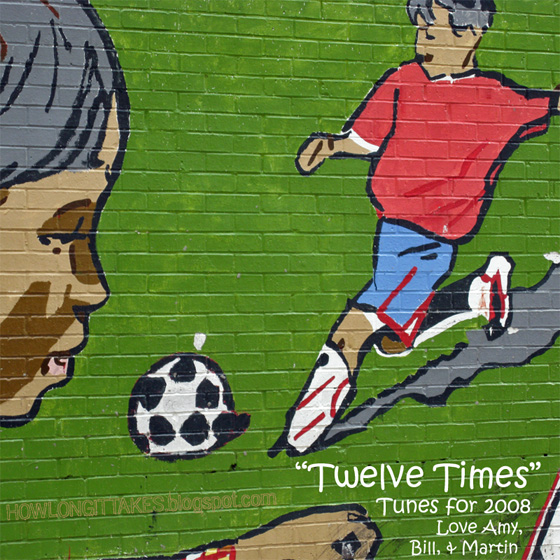Listen to YONDER COME DAY by Bessie Smith.
Public education, a new but increasingly popular government function, was the most critical target of the racial attack.
Whites had chafed at the notion of black education as long as Africans had been imported to the United States. Instruction of slaves was illegal in the antebellum South. After emancipation, government-collected property taxes were used to open new schools for all children. Whites gawked at the schools opened for blacks during Reconstruction--even the crude one-teacher variants that predominated in the region. Per pupil spending on education for black children and white children was essentially identical, leading to widespread resentment among whites--especially in the cotton plantation regions where whites owned the vast majority of land and paid nearly all of the taxes, but were enormously outnumbered by African Americans in population. That "white taxes" were spent on education of black children, rather than solely their own, was infuriating.
***
As the popularity of state-funded free public schools surged, the friction caused by black education grew. The number of white children attending public schools in Alabama raced from 91,202 to 159,671 between the 1870s and late 1880s. At the same time, the number of black pupils increased from 54,595 to 98,919. But the amount of funding spent for every student was declining, and attempts to raise taxes were doomed.
In the legislative session of 1892, white leaders simply changed the law so that school taxes were no longer distributed in equal per pupil allotments. ... The effect on blacks was catastrophic. Overnight, white schools came to receive the vast majority of all funds for education. In one predominantly African American county, the total budget for black teachers' salaries in 1891 was $6,545--in approximate parity with what was being spent per student at white schools in the county. After turning over control to local officials, black teacher salaries were slashed. ... Forty years later, the total salaries for teachers instructing 8,483 black children in the county had risen negligibly to just over $8,000. The budget for white teachers, with fewer than 2,000 pupils, had climbed by a factor of 30, to nearly $60,000.
Photo: Shoreditch mural (2).![]()
Tuesday, November 4, 2008
YONDER COME DAY
Posted by
bill
at
9:11 AM
![]()
Labels: bessie jones and sea island singers, music
Subscribe to:
Post Comments (Atom)



No comments:
Post a Comment